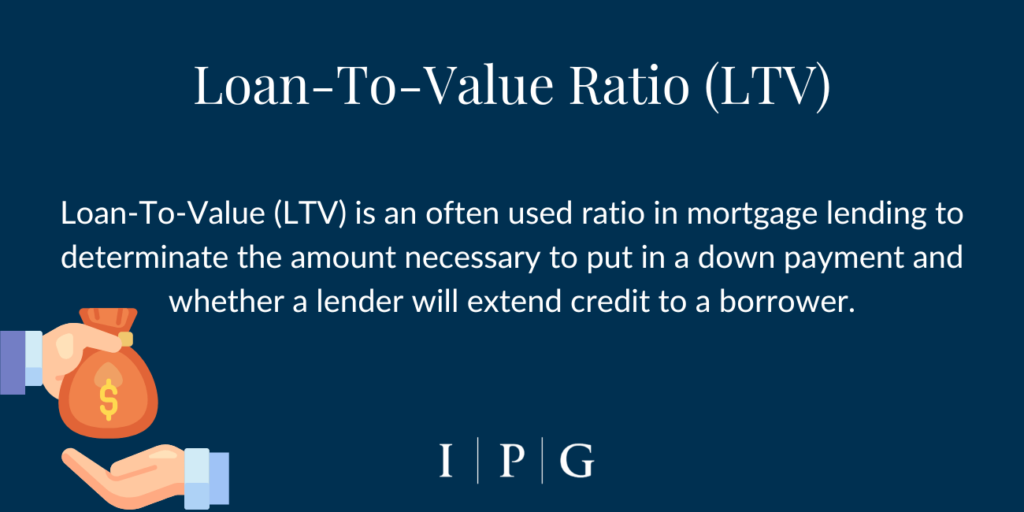Building Strategic Partnerships in Real Estate

I’ve been in the business long enough to see how the right partnerships can transform businesses.
They’re not just about sharing resources; they’re about creating opportunities and driving success together.
In real estate, partnerships are a big deal. They let you pool resources, explore new markets, and share risks. It’s all about finding the right allies who can help you navigate this complex industry.
Understanding Real Estate Partnership
Let’s start with the basics: what exactly is a real estate partnership?
In simple terms, a real estate partnership involves two or more parties joining forces to invest in, develop, or manage real estate properties.
These partnerships can take various forms, each tailored to different goals and structures.
Types of Real Estate Partnerships
- Joint Ventures – A Joint Venture (JV) in real estate is a strategic alliance where two or more parties pool their resources and expertise to undertake a specific project. Each partner contributes capital, skills, or other resources and shares in the profits, losses, and control of the venture. JVs are typically formed for large-scale projects that would be challenging to execute independently.
- General Partnerships – In a General Partnership (GP), all partners share equal responsibility for managing the business and are equally liable for its debts. This structure allows for direct involvement in decision-making and operations. While GPs can offer flexibility and shared responsibility, they also come with the risk of joint liability.
- Limited Partnerships – A Limited Partnership (LP) consists of one or more general partners who manage the business and assume liability, and one or more limited partners who invest capital but have limited liability and involvement in day-to-day operations. LPs provide a way for investors to participate in real estate ventures without taking on the management burdens and risks associated with general partnerships.
- Real Estate Investment Trusts (REITs) – A Real Estate Investment Trust (REIT) is a company that owns, operates, or finances income-producing real estate. Investors can buy shares in a REIT, providing a way to invest in real estate without having to directly purchase or manage properties. REITs offer liquidity, diversification, and regular income through dividends.
Key Elements of a Successful Real Estate Partnership
- Clear Objectives: Both parties must align on their goals and expectations.
- Defined Roles and Responsibilities: Each partner should have a clear understanding of their duties.
- Strong Communication: Open and consistent communication is vital for smooth collaboration.
- Mutual Trust and Respect: Trust is the foundation of any successful partnership.
Benefits of Partnerships in Real Estate
Forming partnerships in real estate offers numerous advantages that can significantly enhance your investment potential and operational efficiency.
Resource Pooling and Capital Raising
One of the primary benefits of a real estate partnership is the ability to pool resources. By combining financial assets, expertise, and connections, partners can undertake larger and more lucrative projects than they could individually. This collective effort also makes it easier to raise capital and secure financing.
Risk Distribution and Diversification
Partnerships in real estate allow for better risk management. By sharing the risks associated with property investment and development, partners can mitigate individual exposure. Partnerships also enable diversification across different property types and markets, reducing overall risk.
Increased Market Reach and Influence
Real estate partnerships can amplify your market reach and influence. Collaborating with partners who have established networks and local market knowledge can open new doors and create opportunities that would be difficult to achieve alone. This expanded reach can lead to better deals, more strategic investments, and a stronger market presence.
Partnerships Real Estate: Key Factors to Consider
- Aligning Goals and Objectives – First and foremost, ensure that all partners are aligned on their goals and objectives. Having a shared vision is essential. This alignment will drive decision-making and strategic planning, ensuring everyone is working towards the same outcomes.
- Clear Communication and Transparency – Communication is the lifeblood of any successful partnership. Establishing clear, open lines of communication helps prevent misunderstandings and ensures that all partners are on the same page. Regular updates, meetings, and transparent sharing of information foster a collaborative environment where issues can be addressed promptly and effectively.
- Trust and Mutual Respect – Trust and mutual respect are non-negotiable in real estate partnerships. When partners trust each other’s expertise and judgment, they’re more likely to work together seamlessly and overcome challenges.
- Legal Agreements and Formalizing the Partnership – Formalizing the partnership through legal agreements is crucial. A well-drafted partnership agreement outlines the terms, roles, responsibilities, profit distribution, and dispute resolution mechanisms. This legal framework provides clarity and protects the interests of all parties involved, reducing the risk of conflicts down the road.
How to Form a Successful Real Estate Partnership
- Identify Potential Partners – The first step is to identify potential partners who share your vision and complement your strengths. Look for individuals or firms with a track record of success in areas where you may lack expertise. Networking events, industry conferences, and professional associations are excellent places to meet potential partners.
- Conduct Due Diligence – Once you’ve identified potential partners, conduct thorough due diligence. This process includes researching their business history, financial stability, reputation in the industry, and past project performance. It’s essential to understand who you’re partnering with to avoid future conflicts and ensure a strong working relationship.
- Negotiate Terms and Formalize the Partnership – With potential partners identified and vetted, the next step is negotiating the terms of the partnership. This includes discussing financial contributions, profit-sharing, roles and responsibilities, and exit strategies. Clear, fair negotiations set the stage for a balanced and mutually beneficial partnership.
- Set Clear Roles and Responsibilities – Ensure that all partners have clearly defined roles and responsibilities. This clarity prevents overlap, reduces conflicts, and ensures that everyone knows what is expected of them. Clearly defined roles allow each partner to leverage their strengths and contribute effectively to the partnership’s success.
Common Challenges in Real Estate Partnerships
- Identifying Typical Challenges – Every partnership faces obstacles, from differing visions to financial disagreements. Recognizing these common issues early on is crucial for navigating them effectively.
- Managing Conflicts and Disagreements – Conflicts are inevitable, but they don’t have to derail your partnership. Address issues head-on with open communication and a willingness to compromise.
- Maintaining a Healthy and Productive Partnership – To keep the partnership thriving, prioritize transparency and mutual respect. Regular check-ins and clear, consistent communication ensure everyone remains aligned and focused on shared goals.
Partnering for Success in Real Estate
Strategic partnerships in real estate are a game-changer, offering opportunities for resource pooling, risk distribution, and expanded market reach. By aligning with the right partners, you can elevate your real estate ventures to new heights.
If you’re looking to enhance your endeavors, consider forming a real estate partnership. The collaborative effort can lead to significant growth and success.
Ready to Form a Strategic Real Estate Partnership?
Reach out to us for advice on forming and managing real estate partnerships. We’re here to make it easy and help you unlock the benefits of strategic collaborations.




